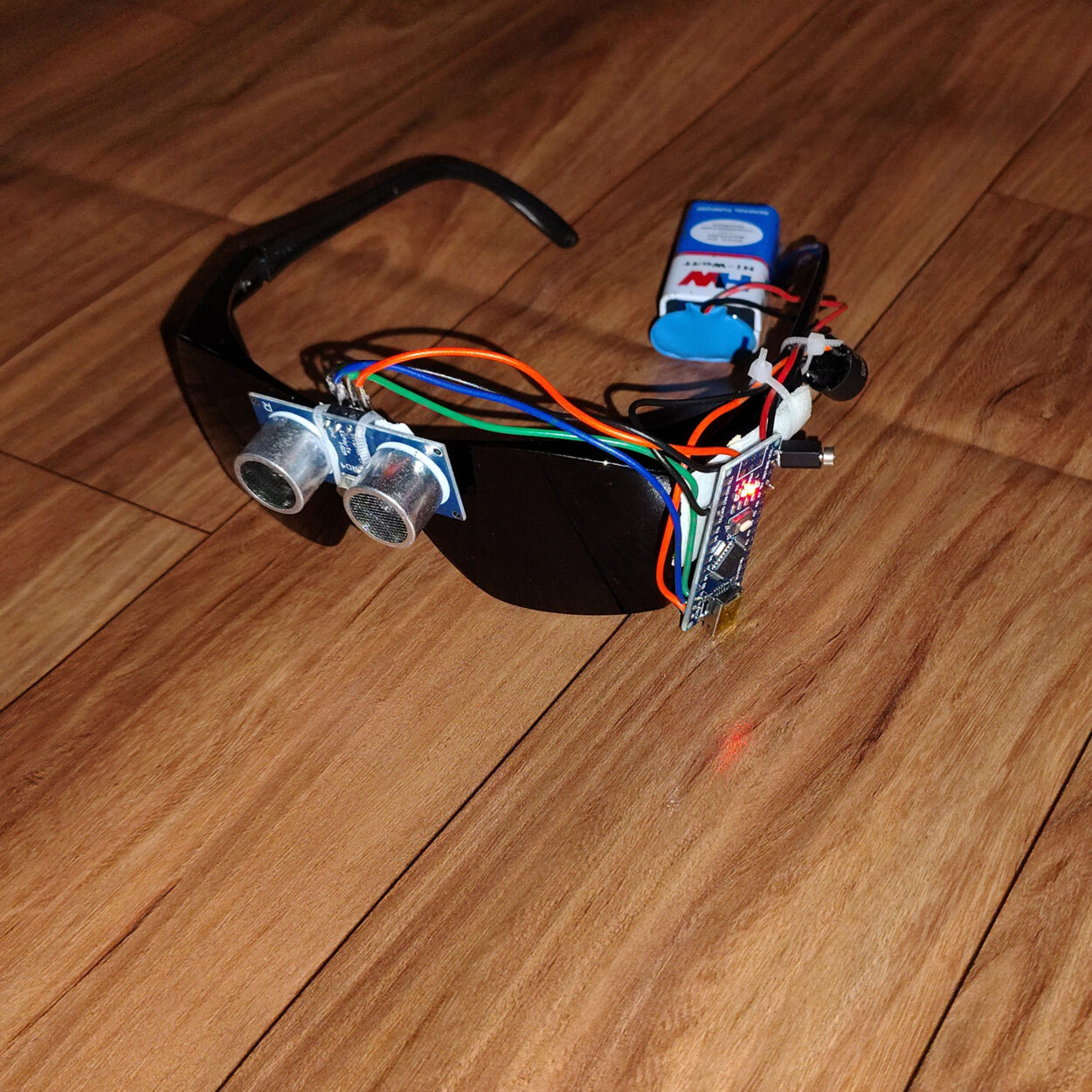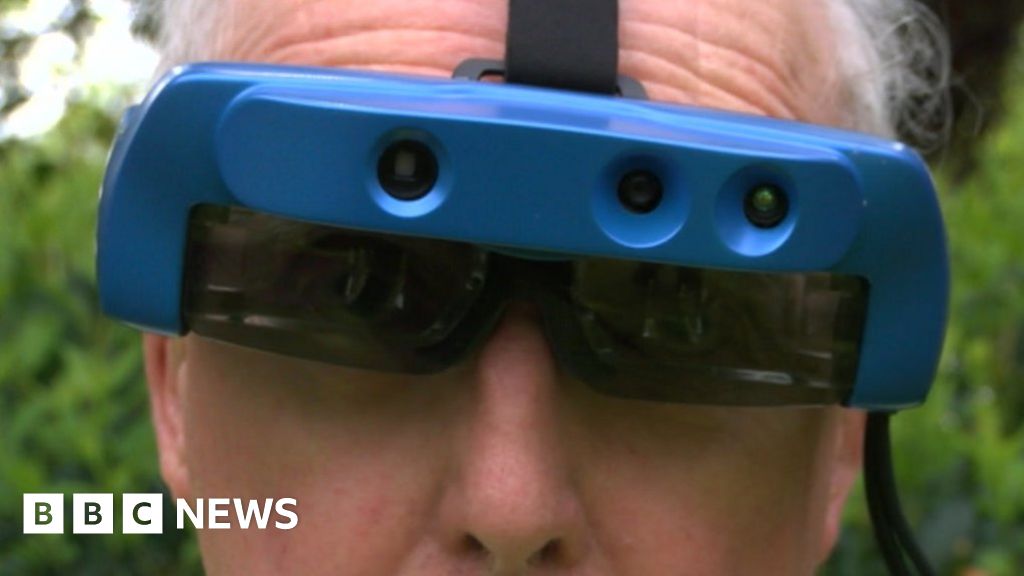The Future of Assistive Technology for the Blind: Empowering Independence
Enhancing Access Through Assistive Modern Technology for the Blind
The combination of assistive technology for the blind stands for an essential advancement in availability, essentially modifying exactly how individuals navigate their atmospheres and engage with society. From screen viewers to ingenious clever canes, these tools not only improve independence however likewise advertise inclusivity in numerous spheres of life. As we discover the diverse types of assistive gadgets and their concrete effect on everyday living, it comes to be necessary to examine exactly how recurring technical improvements are improving the landscape of assistance for the blind area. What effects do these developments hold for the future of availability?
Review of Assistive Technology
Assistive innovation refers to a variety of gadgets and software developed to improve the abilities of individuals with impairments, including those that are blind or visually impaired. This modern technology plays a vital duty in advertising freedom and enhancing the quality of life for individuals. By offering different methods for accessing details and doing day-to-day jobs, assistive technology encourages individuals to browse their environments more successfully.
The advancement and implementation of assistive modern technology welcome a variety of principles intended at promoting accessibility. These concepts consist of user-centered style, which prioritizes the requirements and choices of the individual, and the assimilation of technology right into day-to-day tasks. Such developments guarantee that assistive devices are not only useful yet very easy and additionally user-friendly to make use of.
Furthermore, assistive technology incorporates a varied range of remedies, from low-tech choices like magnifiers to sophisticated advancements such as display visitors and Braille display screens. The ongoing development of this area is driven by the need to attend to the distinct difficulties encountered by individuals with aesthetic impairments (Wearable technology for low vision). As technology continues to development, the possibility for boosting availability and advertising inclusivity continues to be encouraging, ultimately adding to a much more fair society

Sorts Of Assistive Devices
Various sorts of assistive devices are offered to support people who are visually impaired or blind, each created to resolve certain demands and challenges. These devices can be extensively classified into 3 primary kinds: low-tech, mid-tech, and modern remedies.
Low-tech tools consist of things such as magnifiers, Braille tags, and tactile maps. These are fairly basic tools that boost the customer's ability to engage with their environment without requiring complex technology.
Mid-tech devices typically involve more sophisticated functions, such as electronic magnifiers and mobile Braille note-takers. These tools can offer capabilities like speech outcome, allowing users to access info more successfully.

Influence On Daily Living
The schedule of different assistive devices dramatically enhances the quality of life for individuals who are blind or aesthetically damaged, affecting their daily living in profound methods. By integrating technologies such as display viewers, Braille displays, and audio description solutions right into their routines, users get better autonomy directory and independence. These devices facilitate access to info, enabling individuals to carry out daily tasks, such as checking out e-mails, navigating public areas, and enjoying media web content.
Moreover, assistive tools empower people to involve more totally in social interactions and community activities. The capability to make use of mobile phones furnished with availability attributes permits smooth interaction and connection with others. This connectivity cultivates a sense of belonging and minimizes sensations of seclusion.
In professional settings, assistive innovation supports performance by allowing individuals to total work jobs efficiently. Tools like voice acknowledgment software and specialized magnification devices enable users to take part in the labor force on equal footing with their sighted peers.

Innovations in Modern Technology
Current technological developments have substantially changed the landscape of tools offered for individuals who are blind or aesthetically damaged. The assimilation of expert system (AI) and machine discovering has generated applications that boost navigating and object acknowledgment. Smart device applications can currently use AI to recognize and describe environments in real-time, supplying users with beneficial contextual info.
Furthermore, developments in haptic modern technology have led to the development of clever walking sticks equipped with sensors that identify barriers and provide tactile responses. This empowers customers to navigate their atmosphere with raised confidence and freedom. Technologies in text-to-speech software application and braille screens have enhanced the accessibility of digital web content, permitting for smooth interaction with various media.
Wearable innovations, such as wise glasses, are additionally making strides in helping visual problems. As modern technology continues to develop, the capacity for also more transformative devices stays on the horizon.
Future Trends and Innovations
As modern technology rapidly advances, the future of assistive tools for people that are blind holds tremendous pledge. Innovations in fabricated intelligence (AI) and equipment knowing are positioned to transform the method blind customers communicate with their settings. AI-driven applications are being established to improve item recognition, enabling individuals to recognize and navigate their environments with better ease and precision.
Additionally, improvements in haptic responses eye doctor called ophthalmologist innovation are allowing the development of responsive maps and navigating help that supply real-time info through touch. These dr of optometry salary technologies not just boost mobility however also foster freedom. In addition, wearable devices equipped with augmented fact (AR) attributes are arising, offering users aesthetic details through audio summaries, thus linking the gap between the electronic and physical worlds.
Furthermore, the combination of wise home technology presents new opportunities for access, enabling individuals to control their living environments with voice commands or mobile phone applications. As cooperation in between tech programmers and the blind community proceeds, the concentrate on user-centered layout will make certain that future developments are tailored to meet the distinct demands of this populace (Wearable technology for low vision). The trajectory of assistive technology promises a much more empowering and comprehensive future for people who are blind
Final Thought
In final thought, assistive technology plays a crucial duty in improving access for people with visual impairments. The varied variety of devices, consisting of screen viewers and clever walking canes, substantially improves everyday living and fosters freedom. Continuous advancements in innovation and user-centered design make sure that these tools provide efficiently to the distinct demands of the blind community. As advancements progress, boosted inclusivity and empowerment can be expected, eventually enriching the lifestyle for those impacted by visual disabilities.
The combination of assistive modern technology for the blind stands for an essential advancement in availability, fundamentally changing exactly how individuals navigate their settings and involve with culture.Assistive technology refers to a variety of tools and software application designed to boost the capabilities of individuals with handicaps, consisting of those that are visually damaged or blind. Wearable technology for low vision.As modern technology swiftly advances, the future of assistive tools for individuals that are blind holds immense assurance. The trajectory of assistive innovation assures a much more inclusive and empowering future for people that are blind
In verdict, assistive innovation plays an essential role in boosting accessibility for people with aesthetic impairments.